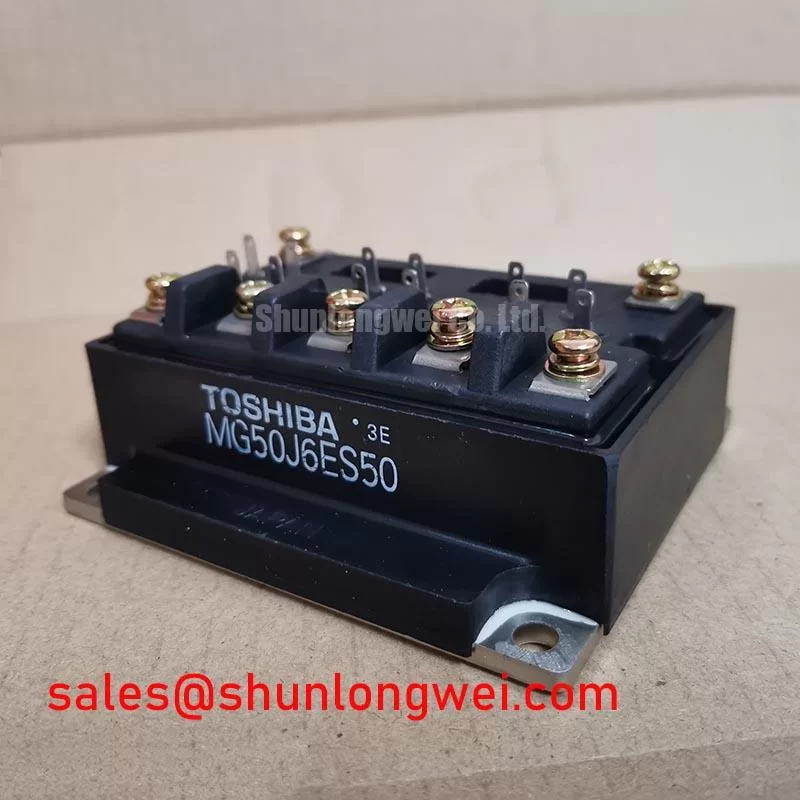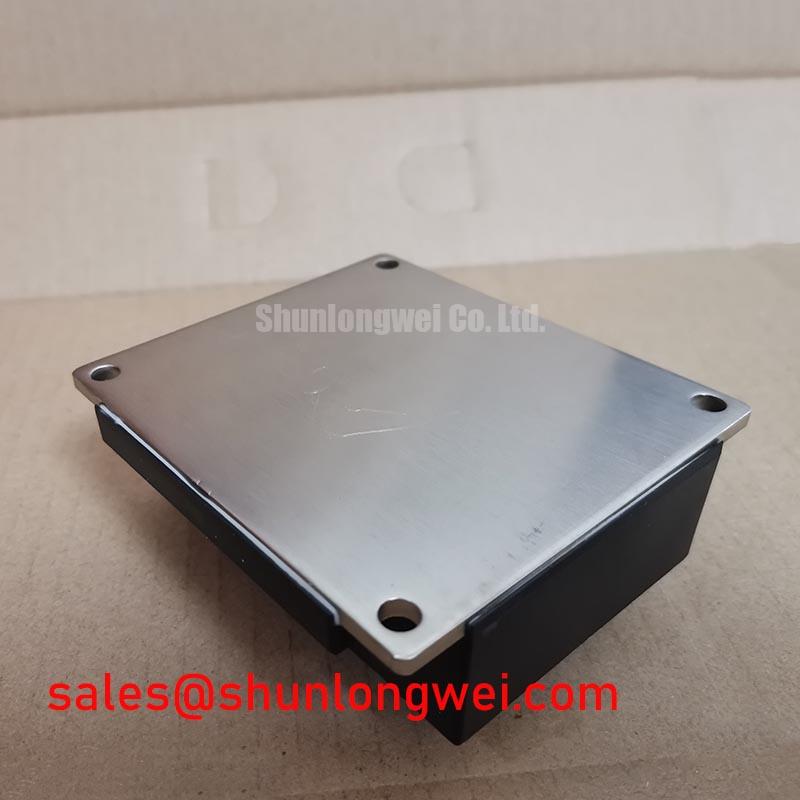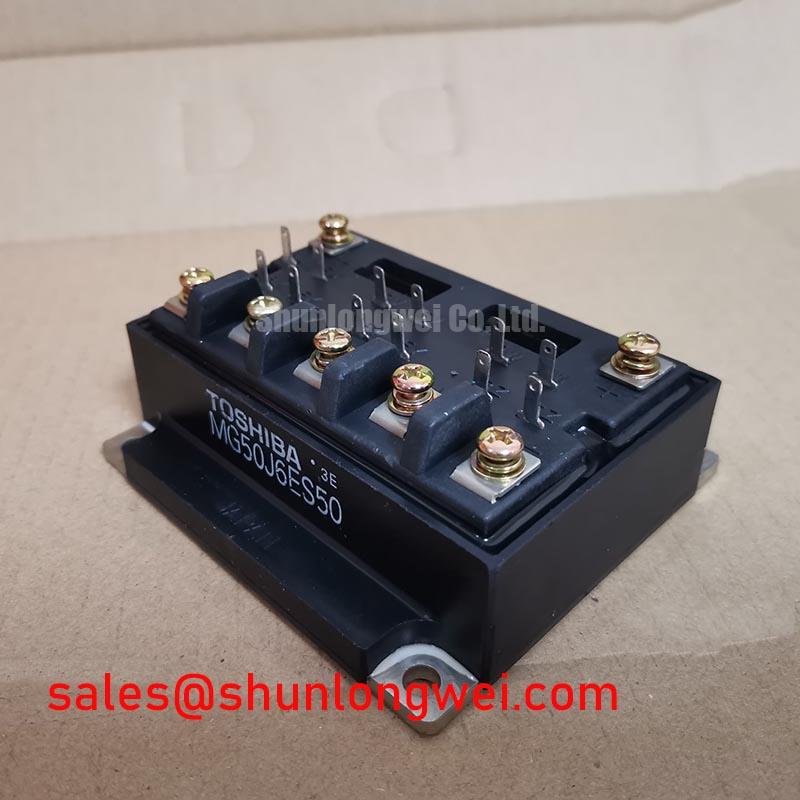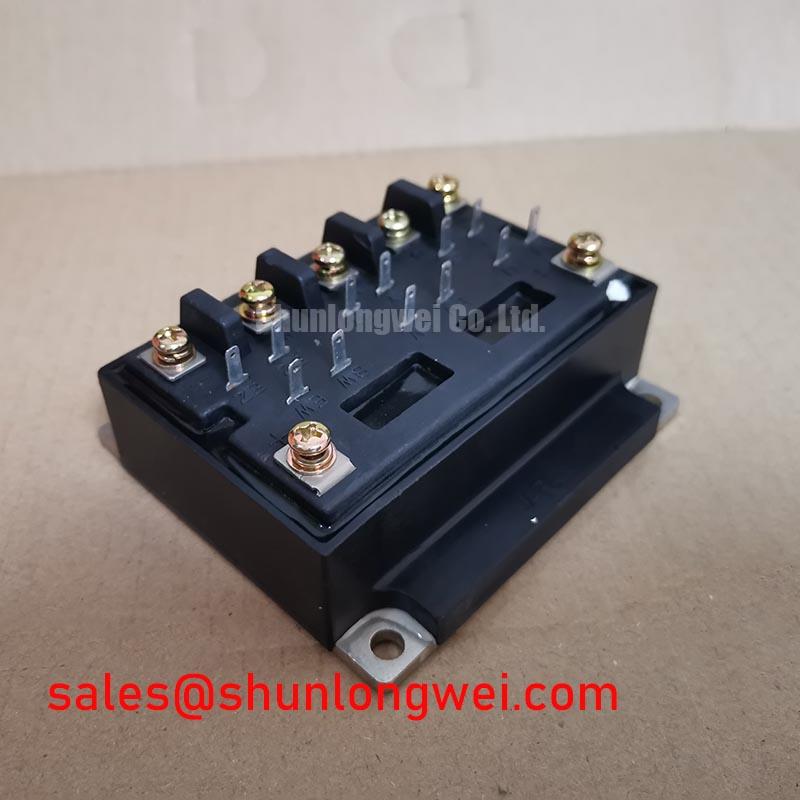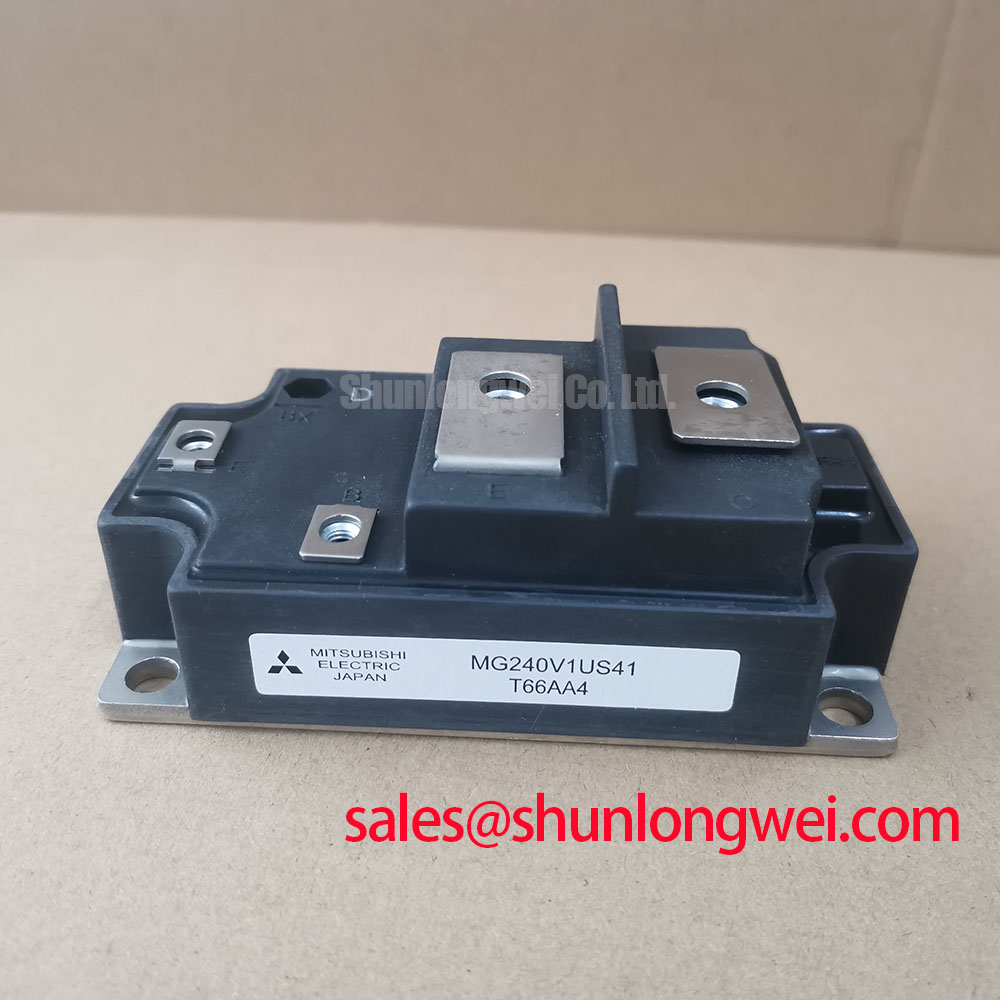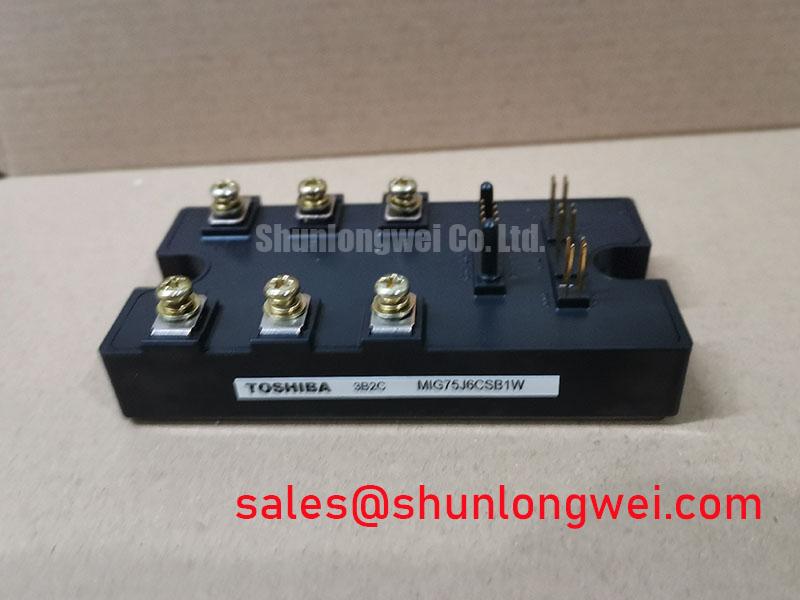Content last revised on November 15, 2025
MG50J6ES50 IGBT Module: Datasheet & Technical Overview
Engineered by Toshiba for High-Efficiency Power Conversion
The Toshiba MG50J6ES50 is a 600V N-channel IGBT designed to minimize total power losses in demanding switching applications. With its carefully balanced electrical characteristics, it provides a robust foundation for developing high-frequency power converters where efficiency is a primary design constraint. Key specifications include: 600V | 50A | VCE(sat) 2.7V max. It delivers the twin benefits of low conduction loss and controlled switching behavior. This module directly addresses the engineering challenge of reducing heat dissipation by offering a low collector-emitter saturation voltage, which is critical for lowering thermal management overhead in compact system designs.
Intra-Series Comparison & Positioning
Positioning for High-Frequency Topologies
Within the landscape of 600V IGBTs, the MG50J6ES50 carves out a specific niche. While some devices are engineered purely for the lowest possible conduction losses, often at the expense of switching speed, the MG50J6ES50 presents a more balanced profile. Its typical fall time (tf) of 0.3 µs and turn-off delay time (toff) of 1.0 µs make it well-suited for applications operating in the tens of kilohertz range. Compared to IGBTs designed for lower-speed motor control, this module enables designers to increase the PWM frequency, which can lead to a reduction in the physical size of magnetic components like inductors and transformers, thereby increasing power density. For systems where minimizing both switching and conduction losses is more critical than achieving the absolute lowest VCE(sat), the MG50J6ES50 offers a compelling engineering trade-off.
Success Stories / Deployment Snippets
Deployment Snippet: Enhancing a 15kW Welding Power Supply
In a recent design cycle for a next-generation 15kW inverter-based welding power supply, an engineering team utilized the Toshiba MG50J6ES50 to overcome thermal challenges. The previous design suffered from excessive heat in the power stage when operating at the required 20 kHz switching frequency. By integrating the MG50J6ES50, the team observed a tangible reduction in total power losses, attributable to the device's optimized switching characteristics. This allowed them to maintain the target frequency without upgrading the heatsink assembly, saving both cost and space. The module's performance was a key factor in achieving the project's stringent efficiency and power density goals.
Frequently Asked Questions (FAQ)
Technical Inquiries on the MG50J6ES50
What is the primary benefit of the MG50J6ES50's VCE(sat) rating?
Its maximum collector-emitter saturation voltage of 2.7V at a rated current of 50A directly translates to lower power dissipation during the on-state, which is a major contributor to overall system efficiency and reduced thermal stress.
How do the switching times of the MG50J6ES50 influence inverter design?
The specified turn-on (0.35 µs) and turn-off (1.0 µs) times are crucial for calculating and managing switching losses. These parameters enable engineers to design effectively for applications like high-frequency induction heating and switch-mode power supplies, where rapid switching is necessary to achieve high efficiency and compact form factors.
For a 50A rated device, what are the key thermal management considerations during layout?
With a total power dissipation (Pc) of 200W and a junction-to-case thermal resistance (Rth(j-c)) of 0.625 °C/W, effective thermal management is paramount. The mounting surface must be flat and clean, and an appropriate thermal interface material should be used to ensure a low-resistance heat path to the heatsink. The heatsink itself must be sized to maintain the junction temperature below the 150°C maximum limit under worst-case operating conditions.
Key Parameter Overview
Core Specifications for Loss Analysis
The technical specifications of the MG50J6ES50 are foundational for any performance analysis. The parameters below have been extracted from the official datasheet to support system modeling and design evaluation. For a comprehensive list of all parameters and operational graphs, please refer to the official product documentation. Download the MG50J6ES50 Datasheet for complete details.
| Parameter | Symbol | Test Condition | Value |
|---|---|---|---|
| Maximum Ratings (Ta = 25°C) | |||
| Collector-Emitter Voltage | VCES | - | 600V |
| Gate-Emitter Voltage | VGES | - | ±20V |
| Collector Current (DC) | IC | - | 50A |
| Collector Current (1ms Pulse) | ICP | - | 100A |
| Collector Power Dissipation | PC | Tc = 25°C | 200W |
| Operating Junction Temperature | Tj | - | 150°C |
| Electrical Characteristics (Ta = 25°C) | |||
| Collector-Emitter Saturation Voltage | VCE(sat) | IC = 50A, VGE = 15V | 2.7V (Max) |
| Gate-Emitter Leakage Current | IGES | VGE = ±20V | ±500nA (Max) |
| Collector Cut-off Current | ICES | VCES = 600V | 1mA (Max) |
| Turn-On Time | ton | - | 0.35µs (Typ) |
| Turn-Off Time | toff | - | 1.0µs (Typ) |
| Thermal Characteristics | |||
| Thermal Resistance (Junction-to-Case) | Rth(j-c) | IGBT | 0.625°C/W (Max) |
Technical Deep Dive
Analyzing the Switching and Conduction Performance
A granular analysis of the MG50J6ES50's performance hinges on understanding the interplay between its on-state and switching characteristics. The 2.7V maximum VCE(sat) provides a solid baseline for calculating conduction losses (Pcond = VCE(sat) × IC × Duty Cycle). This parameter is like the fixed "cost" of having the switch closed; a lower value means less energy is wasted as heat during operation.
Simultaneously, the device's switching energies, which can be inferred from its turn-on and turn-off times, dictate performance at higher frequencies. What are the switching losses in an IGBT? They are the energy dissipated each time the device transitions between on and off states. Think of this as the energy needed to open and close a heavy gate—it's a dynamic loss that increases linearly with frequency. The MG50J6ES50's design provides a balance, ensuring that as switching frequency increases, these dynamic losses do not become prohibitive, which is crucial for applications detailed in our guide to high-efficiency power systems.
Industry Insights & Strategic Advantage
Meeting Modern Efficiency Mandates
The push for greater energy efficiency, driven by both regulatory standards and operational cost considerations, places significant demands on power conversion hardware. Components like the Toshiba MG50J6ES50 are instrumental in meeting these goals. By enabling the design of more efficient inverters and power supplies, this IGBT helps reduce the total cost of ownership for end-users. The ability to operate at higher frequencies without severe efficiency penalties also aligns with the industry trend of miniaturization. A more compact system not only saves physical space but also reduces material usage and shipping costs, contributing to a more sustainable and economically viable final product. You can explore more on the fundamental principles in our article about how an IGBT works.
Application Scenarios & Value
Applications Demanding High Switching Efficiency
The technical profile of the MG50J6ES50 makes it a strong candidate for a range of power conversion systems where efficient operation at frequencies above the typical 50/60Hz line frequency is required. Its capabilities are particularly valuable in:
- Switch-Mode Power Supplies (SMPS): In high-power SMPS, the module's ability to switch efficiently reduces the size of heatsinks and passive components.
- Uninterruptible Power Supplies (UPS): The low total power loss contributes to higher battery-to-AC conversion efficiency, extending runtime and reducing cooling requirements. For a deeper understanding of the technology, Power Modules like this one form the core of modern UPS systems.
- Inverter-Based Welding Equipment: Enables the high-frequency operation necessary for creating a stable and controllable welding arc while keeping the equipment portable and efficient.
- High-Frequency Induction Heating: Provides the fast, efficient power switching required to generate strong, high-frequency magnetic fields for industrial heating processes.
For high-frequency welding supplies requiring precise control, the MG50J6ES50's balance of switching speed and low conduction loss makes it a highly suitable choice.
For technical inquiries or to discuss how this IGBT module can be integrated into your next project, please contact our engineering support team for detailed component analysis.

